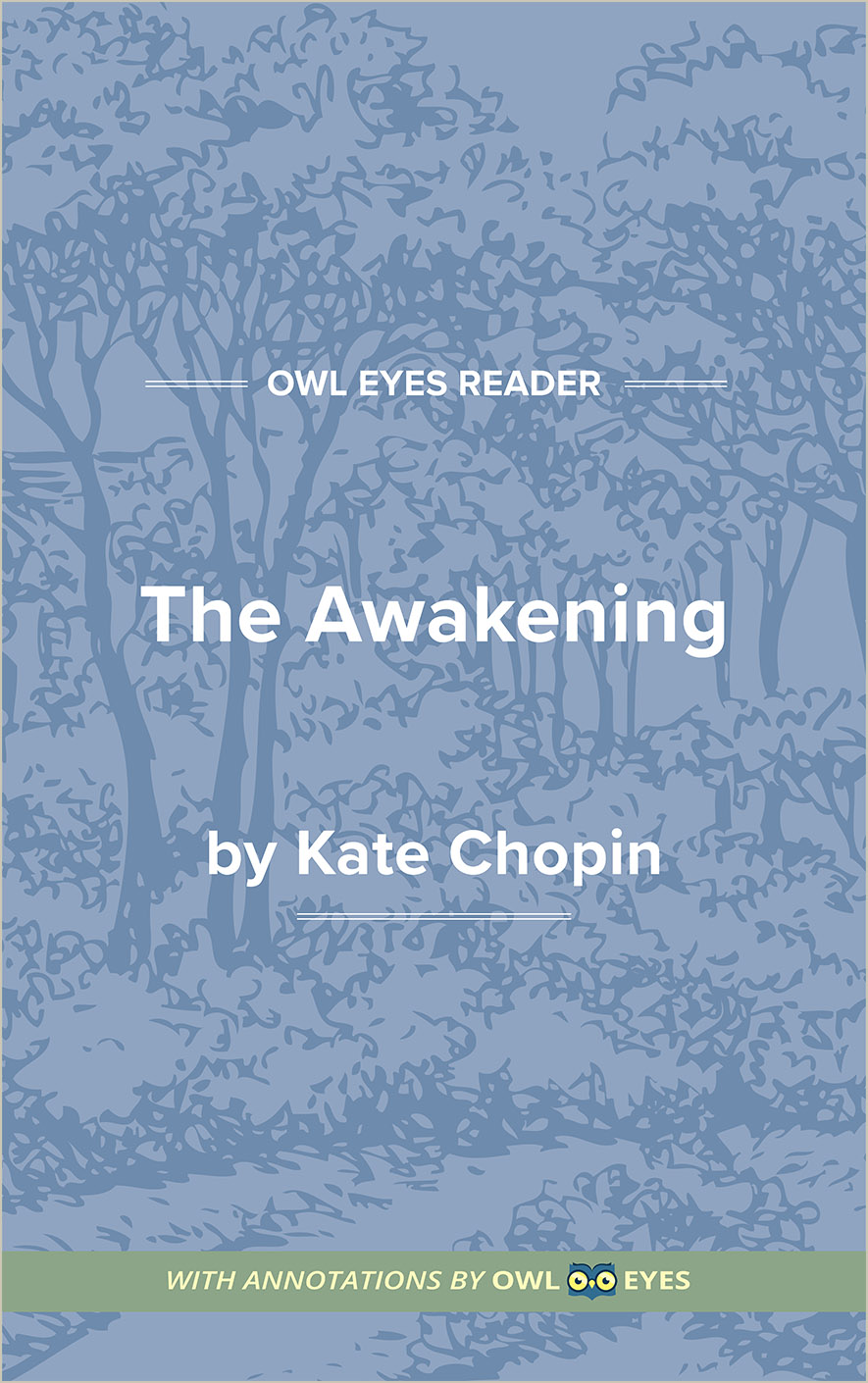Study Guide
Analysis Pages
Summary
The Awakening begins with a seemingly insignificant event: Léonce Pontellier is disturbed while trying to read the newspaper. As Chopin reveals, however, this incident reflects the patriarchal structure of most late nineteenth century American marriages in which the entire family’s activities are inordinately structured around the husband’s wishes and moods, no matter how trivial.
The summer resort of Grand Isle is a setting that allows Léonce’s wife, Edna, to confront her dissatisfactions with her marriage. Further, she can explore first her awakened sexuality through the attentions of Robert LeBrun and then the subsequent desires for an alternative lifestyle that this awakening creates. While they are at Grand Isle, Léonce has no objections to Robert’s flirtations; indeed, he seems indifferent to the developing intimacy between Edna and Robert. When the family returns to New Orleans, Léonce assumes that Edna will return to the duties of a supportive wife.
Edna has awakened, however tentatively, to the excitement of personal liberty, and she discovers within herself a growing desire to control her own life. She has within her social circle two role models for women’s lives: the beautiful Madame Ratignolle, “a faultless Madonna,” who dedicates her life to her husband and children and who is, therefore, honored by everyone in the community; and Mademoiselle Reisz, a single woman who has dedicated her life to her music but who, therefore, is distinctly a social outcast and whose life seems stale and isolated. Not surprisingly, neither choice appeals to Edna’s growing excitement about the prospect of personal freedom.
Each woman counsels Edna on the decisions she is about to make: Madame Ratignolle asserts that Edna must place her children’s needs before her own. Mademoiselle Reisz, though cautiously encouraging Edna, also notes that an artist must possess a courageous soul; she adds, “The bird that would soar above the level plain of tradition and prejudice must have strong wings.” Each woman’s advice represents societal truths. If Edna chooses to remain a traditional woman, the needs of her children and her husband must come before her own. If she seeks new avenues of self-fulfillment, however, she must recognize that she will be confronting tempest-like winds of controversy that will lead to social banishment.
At first, Edna believes that she can reject traditional wisdom and weather the brunt of conventional reactions. In spite of warnings, she becomes involved with the infamous Alcée Arobin, and she eventually moves into a home of her own. Yet, as the designation for her new residence—the pigeon house—suggests, Edna has not escaped the trappings of her marriage; she has only exchanged them for an illusion of freedom. Although she begins to paint and finds some success in selling her creations, Edna discovers that independence and art alone cannot fulfill her. Her sexuality has been awakened, and she does not want to confine herself to the sterility of an existence like Mademoiselle Reisz’s.
If Edna’s awareness of options for women has changed, society’s perspective has not. Edna finds herself unable to escape the numerous demands and desires of her old and new lives: Though she is able to leave her husband, she cannot escape her maternal status, and her new independence is...
(The entire page is 836 words.)
Owl Eyes subscribers get unlimited access to our expert annotations, analyses, and study guides on your favorite texts. Master the classics for less than $5/month!

